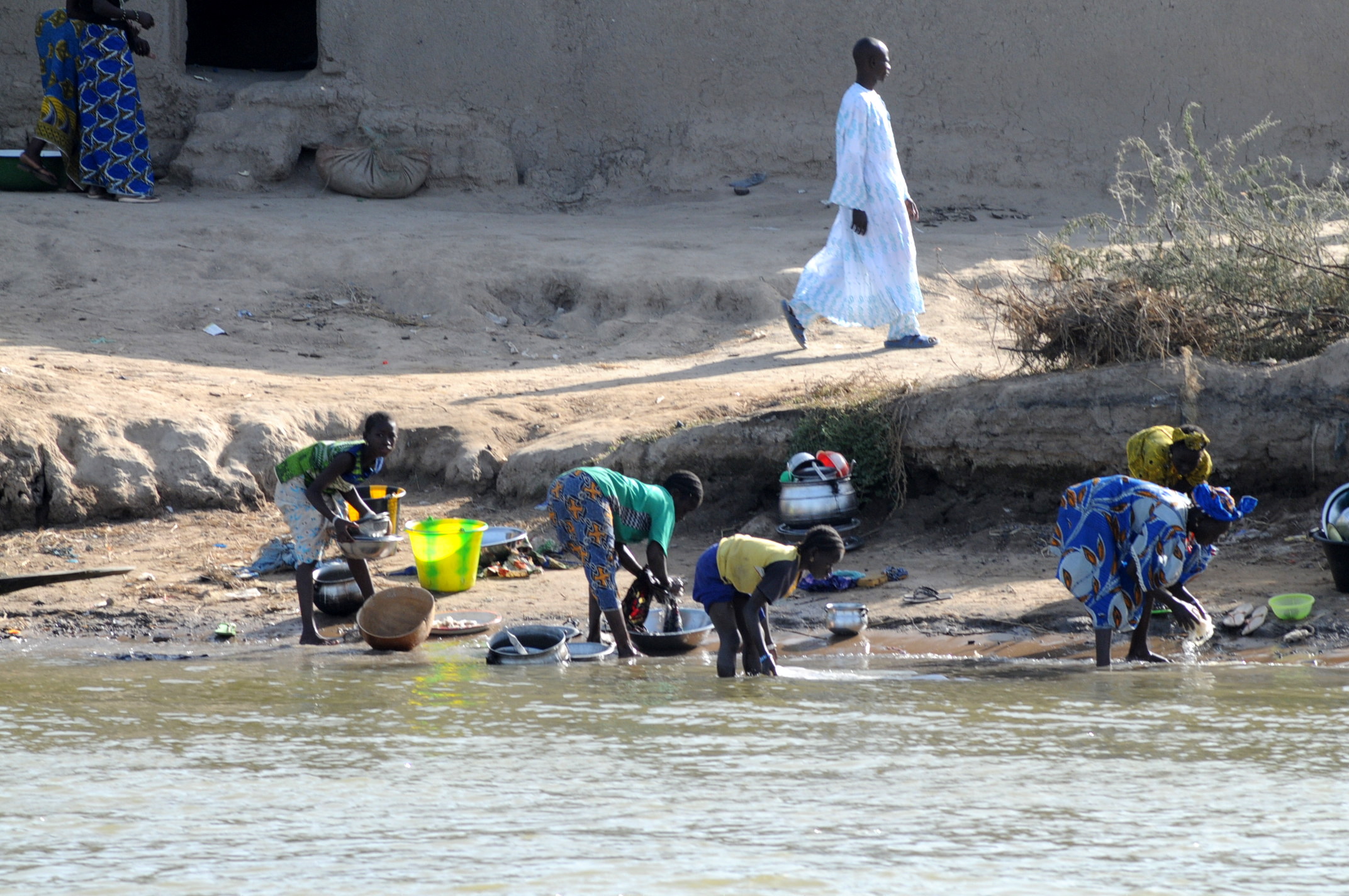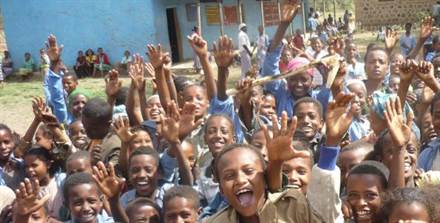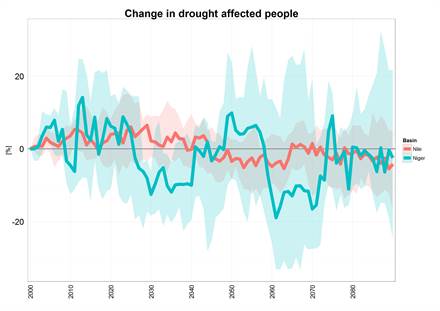
Impact of global warming on food security in vulnerable areas in Africa
-
Climate and disaster risks
Global warming may imply large fluctuations of the impact of droughts in rural areas. Adaptation strategies will likely have to cope with such variable conditions rather than with constant trends.
Africa Risk View
 Ensuring the access to sufficient food that meets the needs for an active and healthy life is an issue in many rural areas where rain-fed agriculture is the major economic resource. In light of climate variability and change, the development of adaptation plans that prevent the impact of adverse environmental conditions remains a priority.
Ensuring the access to sufficient food that meets the needs for an active and healthy life is an issue in many rural areas where rain-fed agriculture is the major economic resource. In light of climate variability and change, the development of adaptation plans that prevent the impact of adverse environmental conditions remains a priority.
The 4-year research project called IMPACT2C is working on the analysis of the impact of +2°C global warming on droughts and how they may affect food security in the Nile and the Niger basins. Impact2C works in collaboration with the African Risk Capacity (ARC) Project initiated by the African Union with technical assistance from the UN World Food Programme.
The ARC project licensed IMPACT2C for using Africa RiskView (ARV), a software platform that was developed as a tool to translate satellite-based rainfall information into near real-time estimates of drought response costs, by combining models on agricultural drought with data on vulnerable populations. ARV has been combined with the output of regional climate models (RCMs) contributing to the Africa-CORDEX initiative. Besides real-time and retrospective analysis ARV is now able to produce forecasts and scenarios of food security.
Scenarios of food security for the Nile and Niger basins
 For IMPACT2C, rainfall and potential evapotranspiration data from 10 RCP4.5 scenarios have been used as an input to ARV.
For IMPACT2C, rainfall and potential evapotranspiration data from 10 RCP4.5 scenarios have been used as an input to ARV.
According to the analysis conducted during IMPACT2C, a consistently positive temperature trend is very likely to warm our planet above the +2°C within the next 50/60 years. However, the question of how a rather constant and positive trend in global temperature will translate into changes in the water cycle and in the impact of drought patterns is not as easily answered.
Preliminary results
Preliminary results from ARV (see figure) shows that food security might be affected in different ways in the Nile and in the Niger basins. In particular, according to considered scenarios, the Nile basin will enjoy more stable conditions for food security whereas in the Niger basin, large fluctuations in the number of drought affected people will be produced over time scales of decades. Therefore, while opportunities may exist for cooperative strategies in disaster risk reduction, challenges will be created in managing a potentially unequal distribution of vital resources.

The preliminary analysis presented here can be improved in many respects, e.g. analyse more climate scenarios, use more climate models). However, the kind of adaptation strategies to be envisioned will likely have to cope with fluctuating condition rather than with constant trends in a well defined direction.
Impact2C partners in Africa:
ENEA, Wetlands International, PIK, SMHI, IWMI and ACMAD
Read more about Wetlands International’s work in the Inner Niger Delta.

